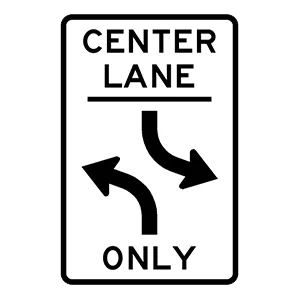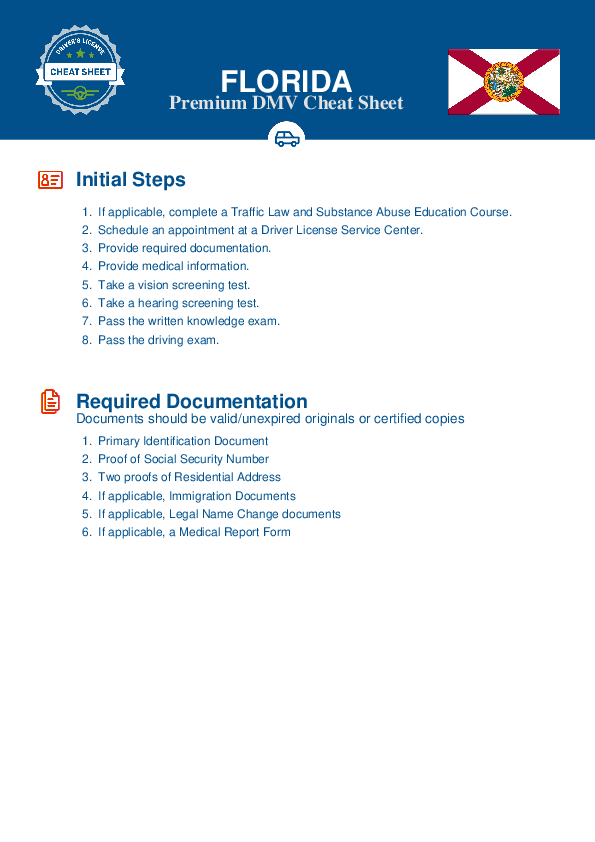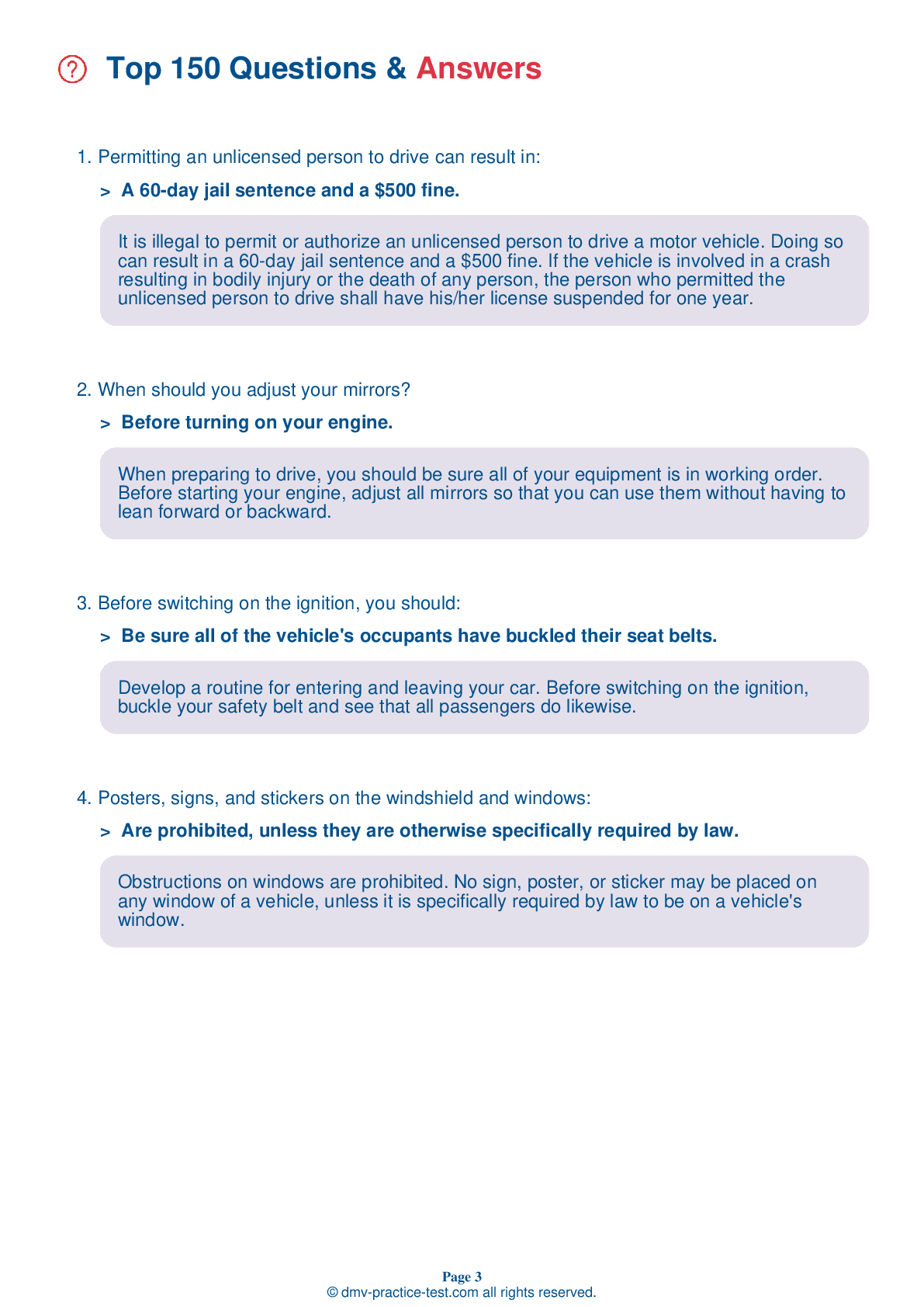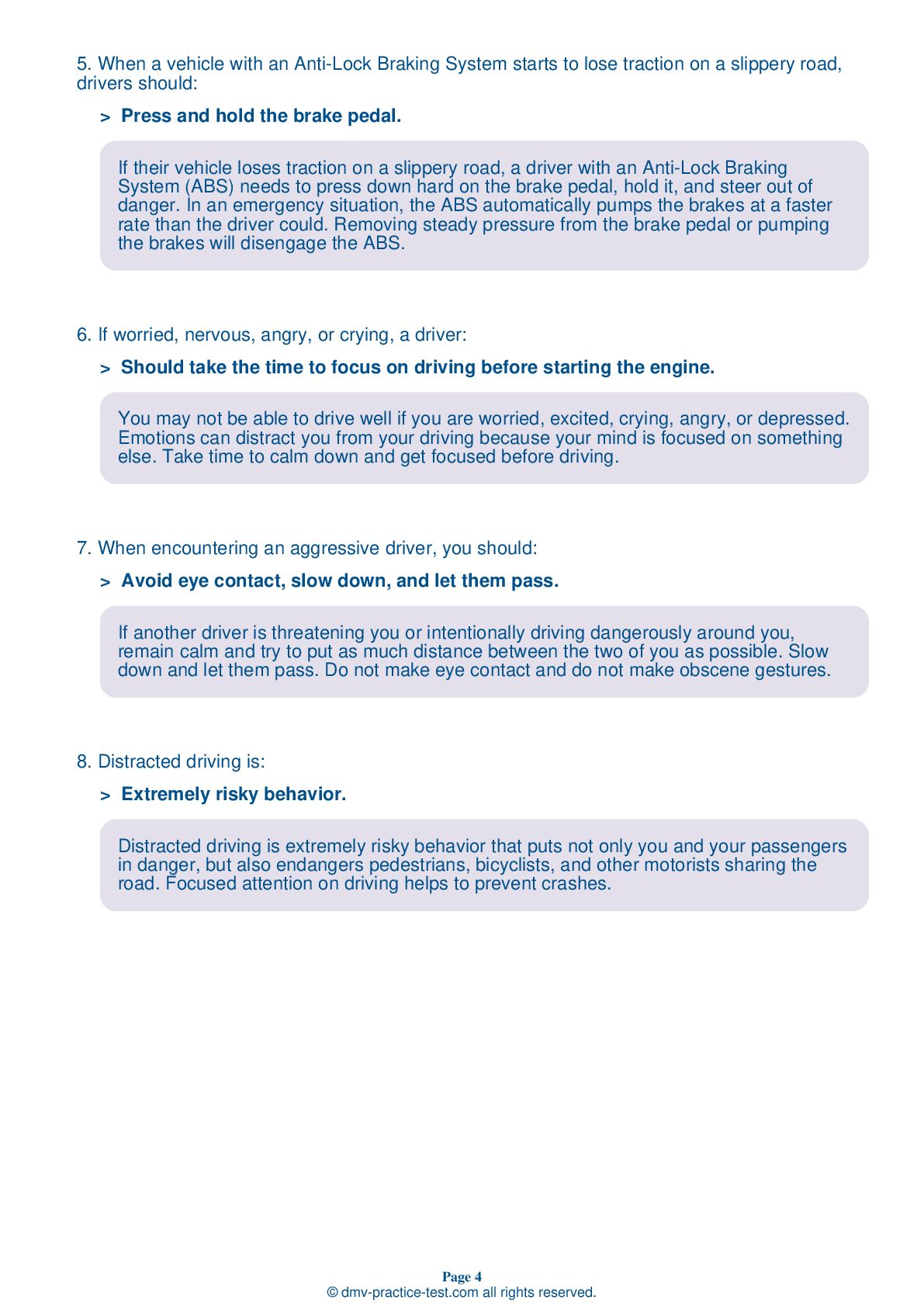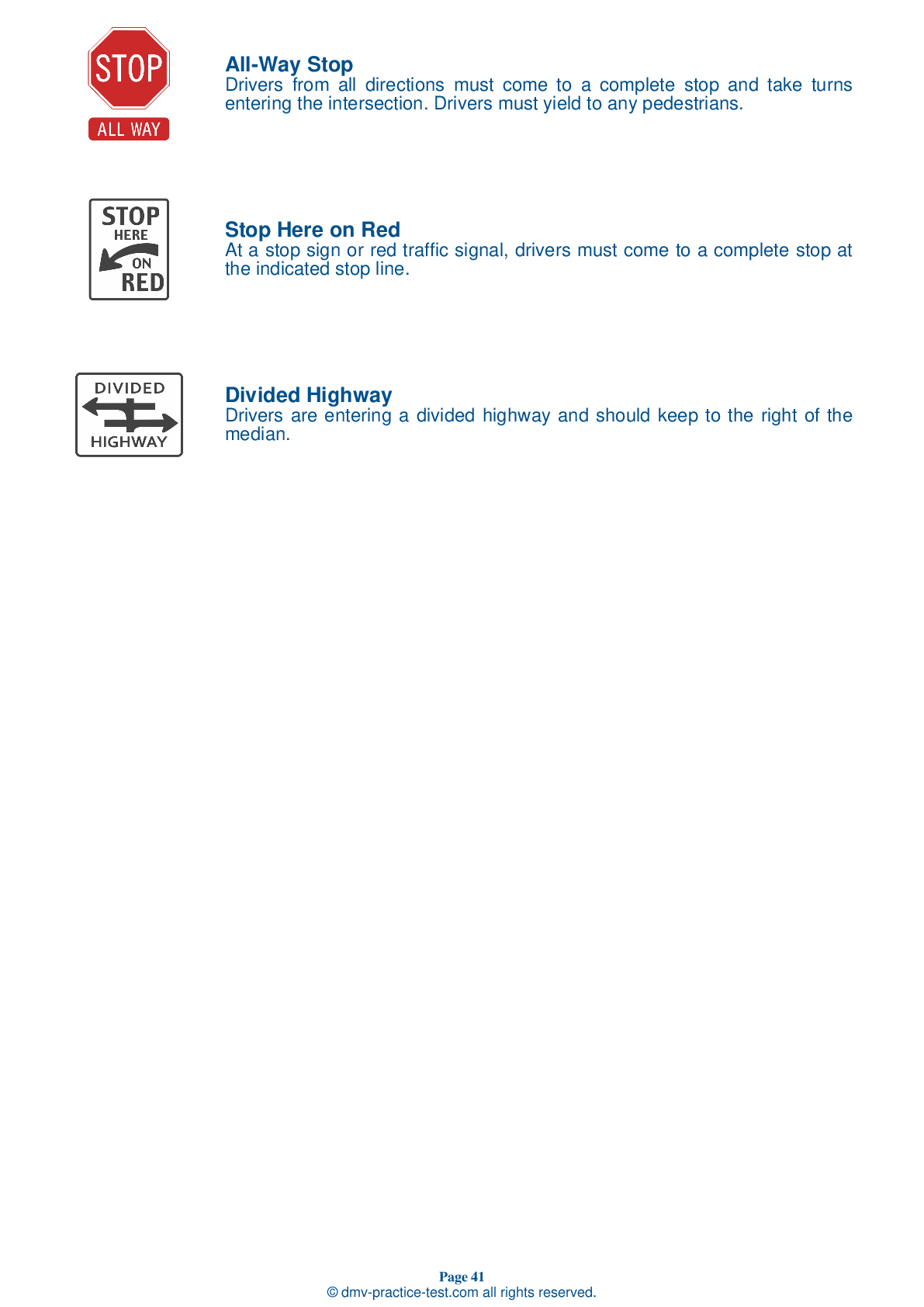FREE Florida DMV Practice Test #13 Page 3 of 7
This set of DMV practise tests for the Florida has been updated for January 2025. It includes questions based on the most important traffic signs and laws for 2025 from the Florida Driver Handbook. To study for the DMV driving permit test and driver's licence exam, use actual questions that are very similar (often identical!) to the DMV driving permit test and driver's licence exam.
Each question on the practise exam has a tip and explanation to help you recall the ideas. Questions about traffic rules, traffic signs, and driving statutes, as well as information from the Driver Handbook, will be included in the written portion of the official DMV test.
You must properly answer 40 of the 50 questions to receive the required passing mark. To help you prepare for your Florida instruction permit or driver's licence, take our DMV practise test.
The DMV exam is offered in a variety of languages.
Using any kind of testing assistance will result in an automatic fail, and the DMV may take additional action against your driver's licence, so stay away from it.
15 . When you are being tailgated:
If you are being tailgated by another driver and there is a right lane, move over to the right. If there is no right lane, wait until the road ahead is clear and then reduce your speed slowly. This will encourage the tailgater to drive around you. Never slow down abruptly as this will only increase the risk of your vehicle being hit from behind.
16 . When passing other vehicles:
Before passing another vehicle, check your mirrors and blind spots. Before changing lanes, activate the appropriate turn signal. Re-enter the lane when you can see the front of the passed vehicle in your rearview mirror.
17 . From the center lane, which maneuver(s) can you perform?
